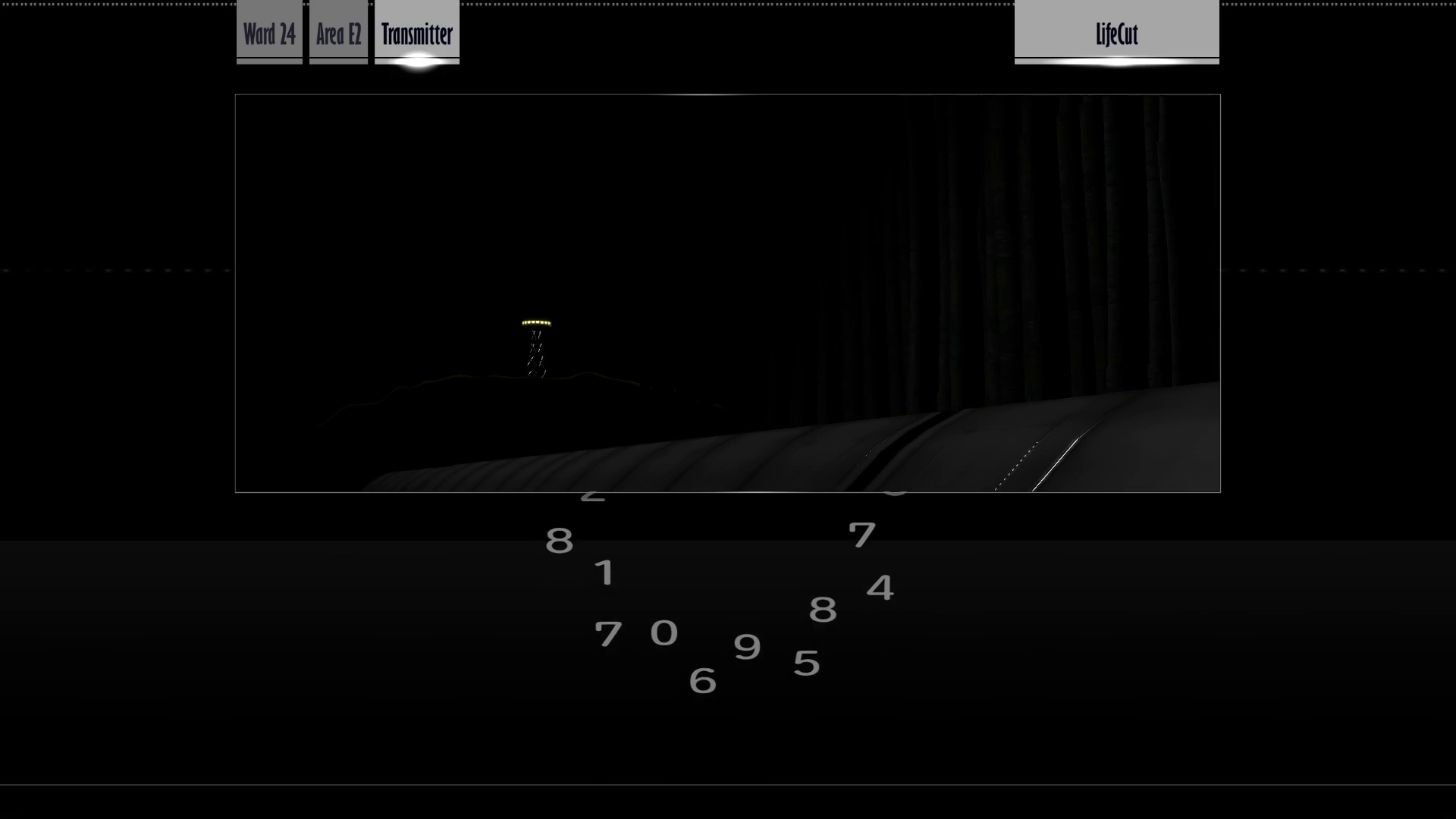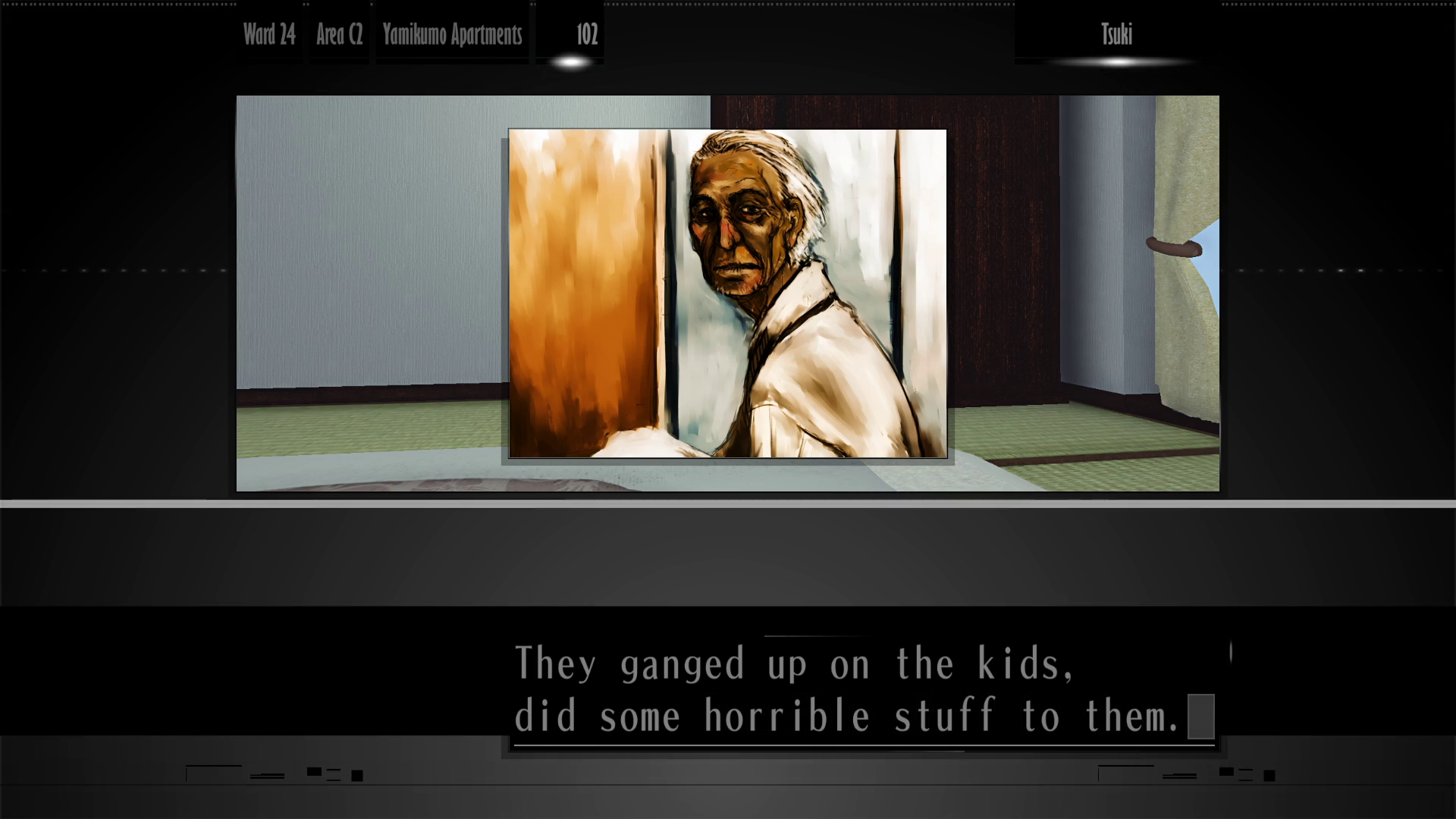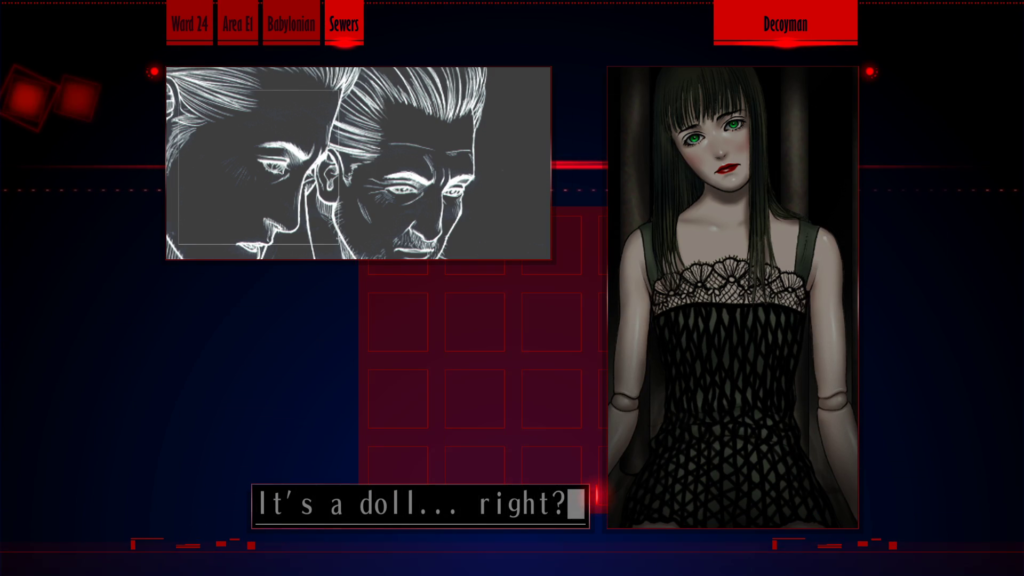
In this fiction, age is not neutral. As I observed, “[I]n The Silver Case, being an ‘old man’ like Yukimura means siding against the future.” Recall how Sakura describes the construction of the transmitting TTV Tower that overlooks Tokyo: “The top of this shelter is a TV tower. […] The ones with all the power created it as a symbol of control.” Kusabi later identifies who has all the power when he says, “This place… was created for fun by the elder members. As a symbol of political power. […] It was like a luxurious elderly home.” The old men are the ones with all the power. In “Danwa,” the titular Silver Case, named for the color of these elders’ hair, features the old men in this tower murdering the embodiment of youth, Kamui, before bodily ripping each other apart by their nostrils and anuses in frenzied greed. The most personally friendly “old man,” Kotobuki, still lives complicit with Uminosuke and paralyzed with fear of what would happen if he ever resisted. These old men destroy the future out of selfishness.

This impenetrable monolith Kamui fights consists of old men, such as Uminosuke, Daigo, and Yukimura. They are responsible for the horrors. Their crimes are not only against the young in general. They treat even their own children as cattle. “[Chizuru] was a sacrifice of her father, Mayor Hachisuka, and was the first victim of this experiment” (emphasis mine). Uminosuke murders his son and sells his grandson (Tokio) and granddaughter (Chizuru) to the Shelter Kids Project, Natsume sacrifices his daughter (Sakura) to the Ayame Maspro for political power, and Yukimura abandons his daughter (Riru) to save himself from the consequences of his criminal negligence against Mikumo.

Although the other video games use Kamui differently, the concern with evil old men is consistent. In Moonlight Syndrome, the seemingly kindly headmaster is a predator who spies on and records intimate bodily details of his teenaged students before killing girls one by one to assemble into a doll of meat. While doing this, he goes so far as to frame another young person he is stalking, Mika, for the killings. Compare this old man’s obsession with controlling young girls by bodily changing them into a “doll” to, once again, the control of young girls predatory characters like Nakategawa execute in the Ayame Maspro, to the literal doll Akira finds rambling about the Triangle Towers in “Decoyman,” and to Nezu’s sex doll* (though Nezu is aligned with the old men, he is not one himself).
*(In an interview conducted after I wrote this section, when asked about the feminine figure in the Black Box, Suda-san said that she is actually, somehow, Baian Sayaka! (See Creator’s File_#1 SUDA51: Episode 2 15:57–16:17.) There goes my earlier guess that the figure was a sex doll. Though there is nothing in the text of The Silver Case itself to contradict my interpretation.)

In killer7, the contempt for the old men reaches disgusting heights. “Sunset” features Kurahashi and Akiba, leaders of Japan’s fascist United Nations Party, as cruel as they are ineffectual at defending their country’s interests. They spend their careers knuckling under to the Americans who appointed them, and in “Sunset” they put complaining about their hatred of young people—and encouraging one to kill himself—over reacting to the US launching missiles at Japan. They only vow revenge against the Americans after Kaede, one of their victims before Harman absorbed her, kills them a second time. (At least, as far as I know, the player has to defeat them with Kaede, as the other characters will not be able to shoot precisely enough to hit Kurahashi and Akiba.)

These losers have dug their impotent claws so deep into Japanese politics that, though Matsuoka blasts their brains out, their gruesome corpses remain in a KAKU Building board room complaining that the young do not respect them. “You’re think you’re better than us, because we’re old men?” gloats a bloody corpse whose eyeball lolls in its shattered eye socket. According to an interview with the translator Ohara Shinsaku in The Untold History of Japanese Game Developers Volume 2 by John Szczepaniak (published in 2015 by S.M.G. Szczepaniak), Suda instructed Kurahashi and Akiba’s voice actors to make their grunts of pain “sound like it’s an old man ejaculating very pathetically” (379). In the boss fight against them, Kurahashi and Akiba attack by flinging rotten chunks of their brains at the player character, since it is not as if their ideas have any better utility. They are vulnerable to attack when they pause to adjust their suits, ludicrously concerned with looking respectable even when their skulls are gaping open.